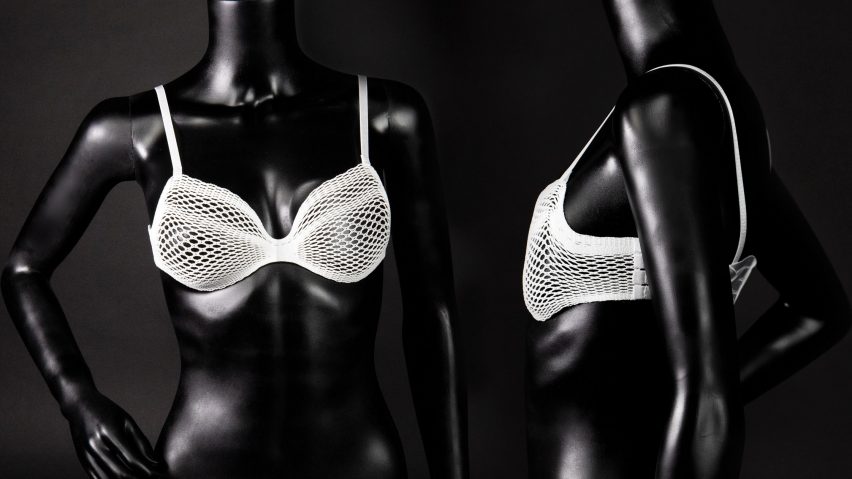
Algorithmic Lace bra designed for style and comfort post-mastectomy
Designer Lisa Marks has combined traditional handicrafts with technology to create a unique bra especially for people who have had mastectomy surgery.
The Algorithmic Lace bra is designed to fit the form of an individual's body after they have had breast tissue removed during cancer treatment.
The bespoke design has two distinct advantages: first, it forgoes the underwire of a typical bra that can cause pain post-surgery, and second, it can create the illusion of symmetry and curves underneath.
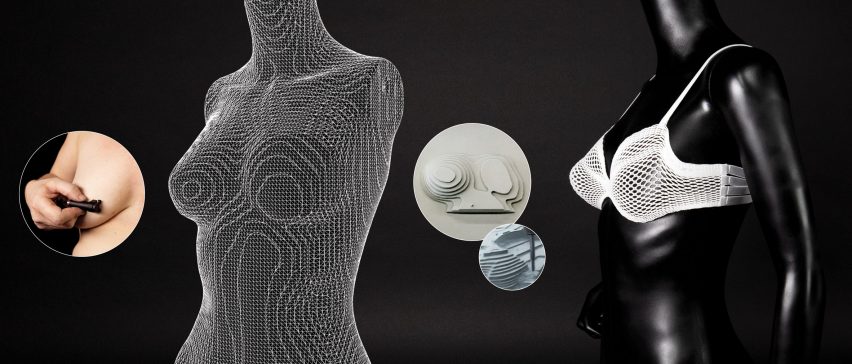
US health department statistics show that as many as 60 per cent of women were opting not to get reconstruction after a mastectomy, an option known as "going flat".
"For women who have had a mastectomy, there is nothing that fits them," Marks told Dezeen. "They have mastectomy bras that can hold a prosthetic, but there isn't anything they can wear that fits their current shape."
"This is made to fit their individual body, but it is patterned to give the illusion of symmetry."
While other solutions might be more practical for everyday, Marks imagines people might choose the Algorithmic Lace bra for special occasions and intimate moments.
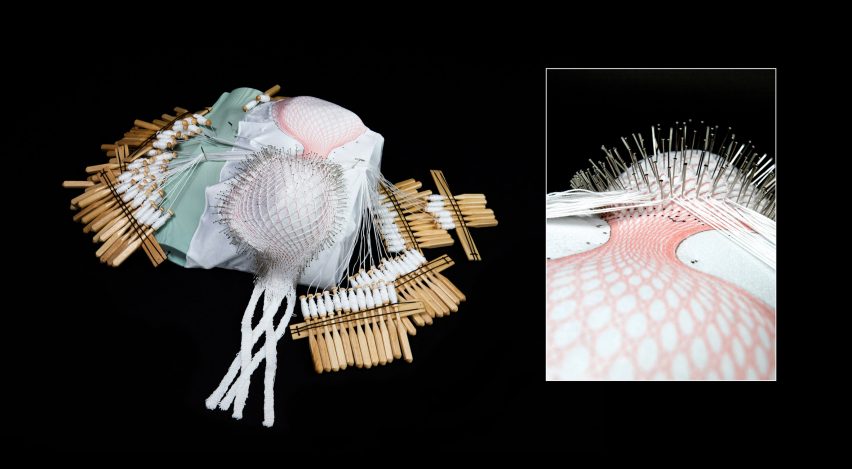
Marks won the Lexus Design Award 2019 in Milan for the design. A part of the faculty at Georgia Institute of Technology, she is particularly interested in using digital advancements to sustain traditional crafts — and the communities around them.
For the Algorithmic Lace project, she focused on Croatian bobbin lace. In this intricate lacemaking technique, threads are twisted and braided around pins set into cushion to form a pattern.
The technique is typically limited to two dimensions, producing a flat piece of textile, but Marks knew that she could use computer modelling to bring the technique into three dimensions.
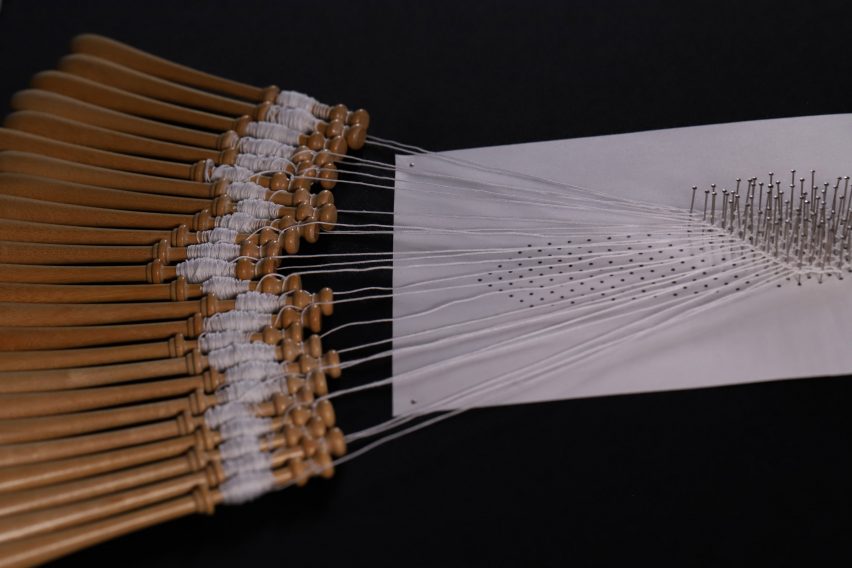
She starts with a 3D body scan of the wearer. She then cuts the bust shape into foam using a CNC router, which is what allows the traditional craftsperson to work in 3D.
Meanwhile, the algorithm determines the pattern that will suggest more symmetry and depth on this particular form. It uses the 3D body-scan plus a set of points that can be tweaked to pull stitches in or push them away.
In this way, the desired pattern is produced. Marks digitally maps it onto the foam bust, prints it, applies it and hands it over to the craftspeople to create the lace.
Crucially, there is no machine capable of performing the final step — and nor does Marks desire there to be. Her aim is to sustain traditional crafts communities and revitalise the communities that practice them.
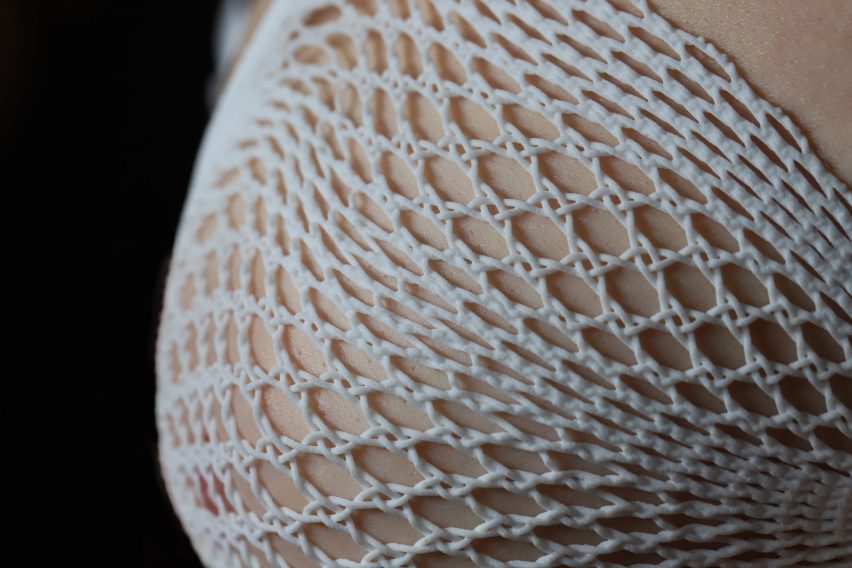
"Each craft embodies hundreds of years of knowledge that has been built up, but we are currently watching many of these techniques decline," she told Dezeen. "If we lose crafts we lose that knowledge and the embodied culture that goes along with it."
"I believe that if we continue to design with these techniques and create a need for them that craft will have a longer life," she added.
Elsewhere, the traditional craft of weaving is experiencing a modern revival, as contemporary artisans experiment with "microbial weaving", drone imagery and internet-inspired graphics.
In presenting Marks with the Lexus Design Award in March, jury member John Maeda pointed out that algorithms and textiles had a rich history going back further than was commonly remembered.
"When we think of algorithms, we usually think of computers and the high-tech industry," he said. "But the textile industry is where algorithms were first deployed as a means to realise new aesthetic choices in fabrics during the 19th century."
"Lisa Marks' Algorithmic Lace project not only feeds on that rich history, but goes even further back in time to incorporate a 16th-century technique for weaving complex lace patterns."